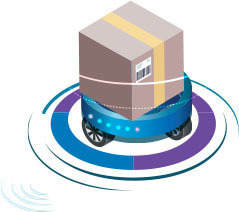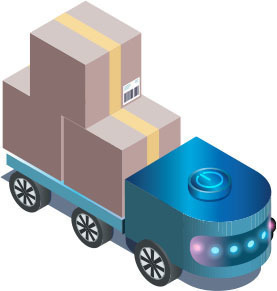
Accenture considers two forms of visibility. Structural visibility is achieved through supply chain mapping, classic risk management, network assessment and modeling. Dynamic visibility is gained through monitoring of the supply chain in real time, leveraging predictive and prescriptive capabilities to gauge and avert potential supply chain disruptions, and autonomous execution utilizing artificial intelligence, machine learning and robotic systems to automatically adjust operations without human intervention. A survey of 30 top supply chain leaders provides insight into how widely these visibility strategies have been implemented.
Structural Visibility
 83% perform supply chain mapping on a regular basis
83% perform supply chain mapping on a regular basis90% regularly perform classic risk management
77% perform network simulation/optimization/modeling of their supply chain
Dynamic Visibility
77% are using monitoring of data from suppliers and customers
63% are using supplier and customer data to predict the future state of their supply chain
27% are using data from suppliers and customers prescriptively
3% are using data from supply chain partners to adjust operations autonomously
 An October 2022 report on procurement and supply chain resilience from Deloitte and the Chartered Institute for Procurement and Supply suggests that most companies continue to have very low visibility into their supply chain operations, but more are committing to efforts to increase visibility:
An October 2022 report on procurement and supply chain resilience from Deloitte and the Chartered Institute for Procurement and Supply suggests that most companies continue to have very low visibility into their supply chain operations, but more are committing to efforts to increase visibility:
13% of private-sector companies surveyed said they had the ability to map their entire supply chain
12% said they had no visibility beyond Tier 1
72% said they had limited or partial visibility beyond Tier 2
28% have visibility into Scope 3 emissions generated by partners throughout their supply chain
IMAGES: KATE3155/SHUTTERSTOCK.COM
 MHI Solutions Improving Supply Chain Performance
MHI Solutions Improving Supply Chain Performance